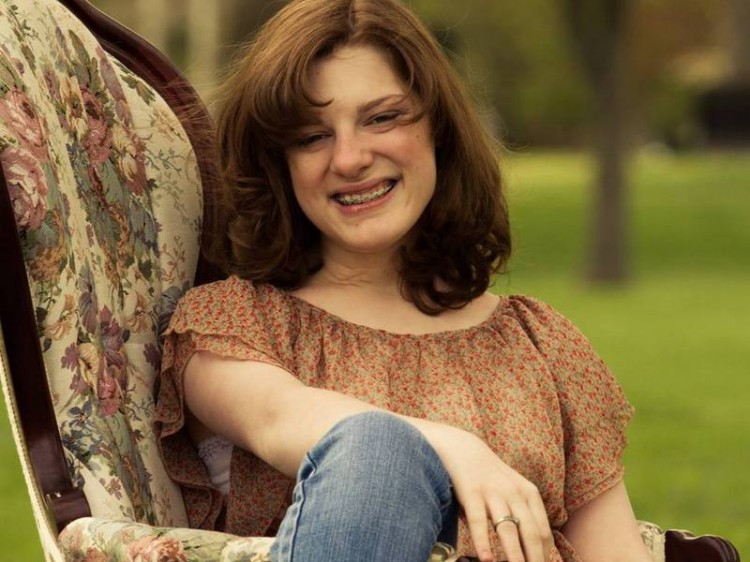It was the second time I had fallen on that square of sidewalk. A divot resembling the state of Michigan flipped sideways caught my dragging left foot. I went down hard with my arms extended and my hands receiving most of the impact. I laid there for a minute, staring down at the small cuts that crisscrossed my palms and then examined a bloody elbow: It matched the other one from the previous fall a few days before. My friend, Chase, hurried back to see if I was OK. I collected myself and inhaled, relieved that I had fallen correctly.
One of the first concepts physical therapists teach in therapy after a patient becomes ambulatory is not “don’t fall,” but how to fall. Many times as a child, I would practice falling correctly: “Place your arms out in front of you,” they would say. I practiced on carpet, linoleum and even in the ball pit. The latter was the most fun. Although I quickly mastered catching myself when falling on purpose, placing my arms out in front of me was hard to remember in midst of timbering to the ground. In fact, when I was around 7 years old, my mom made three separate trips to the emergency room with me. I had a mild concussion and a busted chin on one occasion and busted-out teeth on the two other trips.
These injuries proved to be enough of a shock for me to remember how to fall, but getting back up was a lesson I resented. My physical therapists taught me how to get up correctly, too. If I pushed up from the ground with both hands from a hunched position, I often lurched forward and just fell again. Obviously, this was the wrong way.
The correct way is to kneel and with the opposite hand pushing down on the knee to allow momentum to get into a standing position. I remember kneeling on one knee at a peg board, pushing plastic pegs into the board. Every time I lost my balance, I had to remove all of the plastic pegs and start over. When my PT wasn’t looking, I often shoved as many pegs in the board as I could before they looked in my direction. I hated those pegs. I hated that blank peg board. Many times, I threw those pegs at the wall in frustration because they were just a reminder of how terrible my knees felt while grating into the cheap carpet and how long it would take to get them in because my balance was awful.
Eventually, I learned. I wasn’t graceful, but still, I learned. I have joked with my friends who have cerebral palsy that we don’t just try to fall and get back up correctly, we fall with style. Often times, when other people see someone fall, they react in two ways: with laughter or with horrified stares before seeing if the person is OK. To stave off the inevitable embarrassment, I often joke about my clumsy feet or strike a pose Vogue-style, especially if I know the witnesses to my “downfall” well enough.
The cliché that friends are there to catch you when you fall takes on a literal meaning for me. My friends are the best and have lent me shoulders and hands to steady myself enough to be upright once more. Falling is inevitable for everyone, whether metaphorical or literal, but I have learned that how one falls is better to consider than trying not to fall at all.
The Mighty is asking the following: Tell a story about a time someone helped you and/or your child when you needed it most. If you’d like to participate, please send a blog post to community@themighty.com. Please include a photo for the piece, a photo of yourself and 1-2 sentence bio. Check out our “Share Your Story” page for more about our submission guidelines.
Want to celebrate the human spirit? Like us on Facebook.
And sign up for what we hope will be your favorite thing to read at night.

